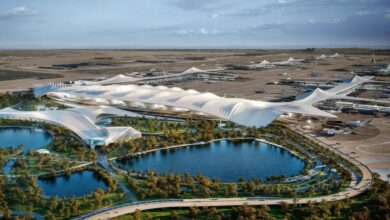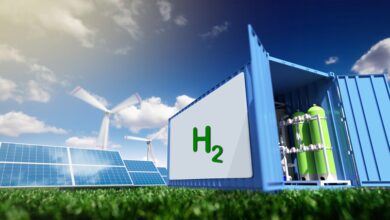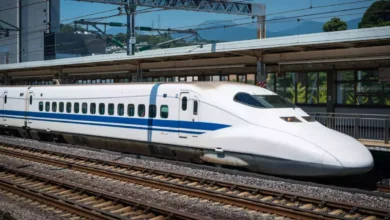The world’s largest renewable energy plant erected in Gujarat
The world's largest renewable energy plant has been constructed in Khavda in Kutch, Gujarat, a barren land that borrowed it's name from a village nearby
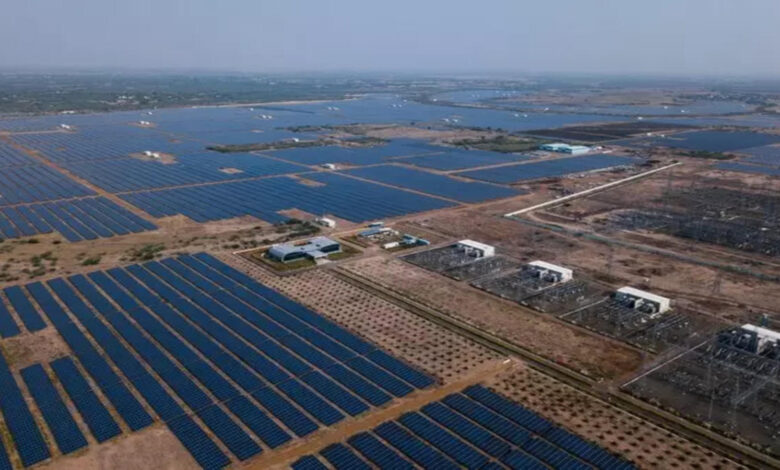
In December 2022, Gautam Adani, the then second wealthiest person in the world, stumbled across Khavda, a desolate, barren land bordering Pakistan in Gujarat, functioning with a narrow air strip without any air traffic controller, a portable toilet and a container that was used as an office. The land had high saline content and barely any vegetation, with absolutely minimal wildlife. These were the few things in the middle of a very vast area of land that seemed to be too infertile for any purpose and anyone familiar with the site before could not have fathomed the transformation that took place after the Adani group took over, taking a lease for the land for a period of 40 years from the government. But after careful assessment of the land, the group redeveloped it to form the largest renewable energy plant in the world, five times bigger than the size of Paris.
Construction began in 2022 and was completed in two years, but assessing and studying the land began three years in prior. These investigations ensured the usability and the utility of the land, conducting geotechnical investigations, seismic studies, and resource assessments. Environmental and social impact assessments were also done before a final conclusion was determined. It was also found that frequent sandstorms in the area during March to June would require the solar panels to be regularly cleaned. Previously deserted, there was a huge communication barrier there from the rest of the world. Tractors, previously working on the airstrip, had to be modified so they could work on a land that did not absorb water easily and the nearest habitable area is 80kms away. It’s groundwater was saline, due to a high presence of salinity in the soil. But Adani understood it’s potential and after a long examination process, construction began.
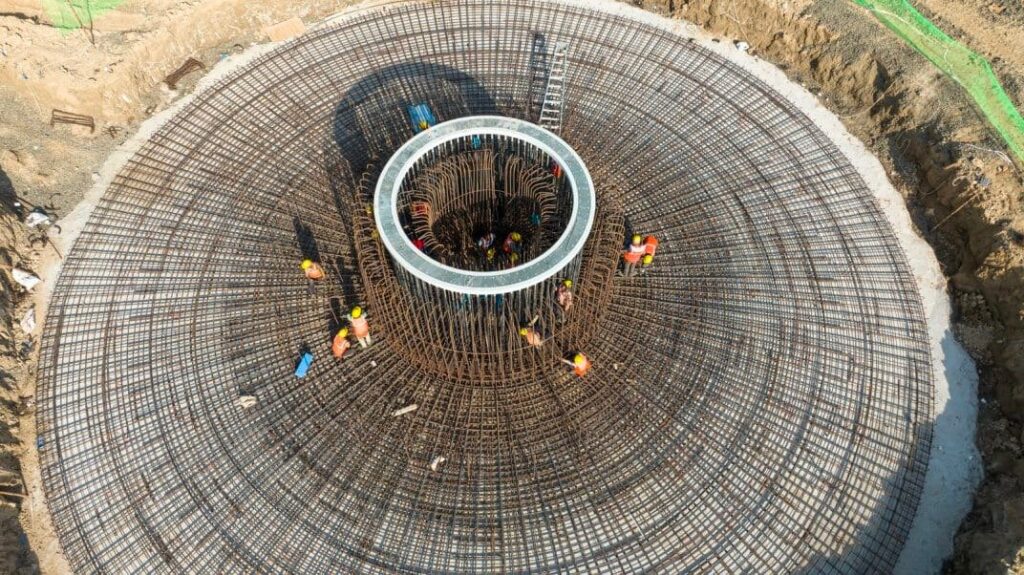
Now, solar panels have been constructed to channel the sight’s most useful resource— Khavda has the second best solar radiation in the country after Ladakh, reaching an incredible 2,060 kWh/m2— and wind mills have been constructed alongside to make use of the wind that it harnesses at a reported rate of 8 metres per second. For the workers that live there, it has also built living settlement and colonies and for drinking water, the group has set up desalination plants with water being pumped out from 700 metres below ground. Accommodation for the workers are built to house 8,000 workers. The construction effort also included the construction of 100km roads and 50kms of drainage. Three reverse osmosis plants, capable of handling a capacity of 60 cubic meter per hour, were also laid down.
Khavda has the capability to generate 81 billion units of power, a value that can power entire nations such as Belgium and Chile. Adani Green Energy Ltd (AGEL) aims to generate around 30 megawatts (MW) of clean electricity at Khavda. They’ve invested about Rs. 1.5 lakhs for the same. This planned renewable energy generation would constitute of 26 gigawatts (GW) of solar and 4 GW of wind energy.
“In this financial year, we are planning about 4 GW in Khavda. We have already commissioned 2 GW. So, it will be 6 GW by March 2025. Then every year we have a plan of setting around 5 GW. Beside Khavda, we have some plans for setting up in other parts of the country also,” Vneet Jaain, managing director of AGEL, said.
Adani Green Energy Ltd is India’s largest renewable energy company. The plant at Khavda itself lies just one km away from the Indian-Pakistan border, manned by the Border Security Forces (BSF).
You might also be interested in: Shore Temple in Mahabalipuram becomes India’s first-ever green energy archaeological site

